Contact: +91 99725 24322 |
Menu
Menu
Quick summary: The challenges due to the perishable nature of products in livestock sector in terms of foodborne diseases and contagions and demand for stringent safety standards are leading to the advent of blockchain based traceability solutions to usher in a new era of food safety.
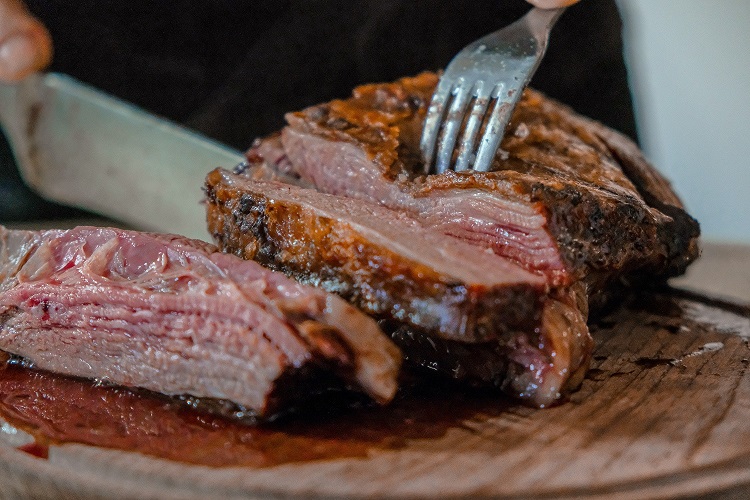
The livestock supply chain has always presented significant challenges due to the perishable nature of the products, and with meat and dairy products showing a relatively high risk in terms of foodborne diseases and contagions.
The mobility of live animals and the processing of meat products at different stages present the opportunity to breach good practices or interfere with critical information along the livestock supply chain.
Today’s world stage demands increasingly stringent standards. Thanks to the advent of blockchain-based traceability, livestock supply chain management is revamping, and the entire sector is leaning into an era of completely transparent and safe supply chains.
Read on to find out how the global livestock industry has moved forward, why livestock traceability is at its core, and how it has strengthened animal agriculture for the global challenge of food security.
According to the National Research Council (2015), By 2050, the world population is expected to increase by one-third, ranging between 9 and 10 billion people. With the globalization of trade, increased urbanization, and the expected growth in world wealth, a substantial increase in per capita consumption of meat, dairy products, and fish is also anticipated.
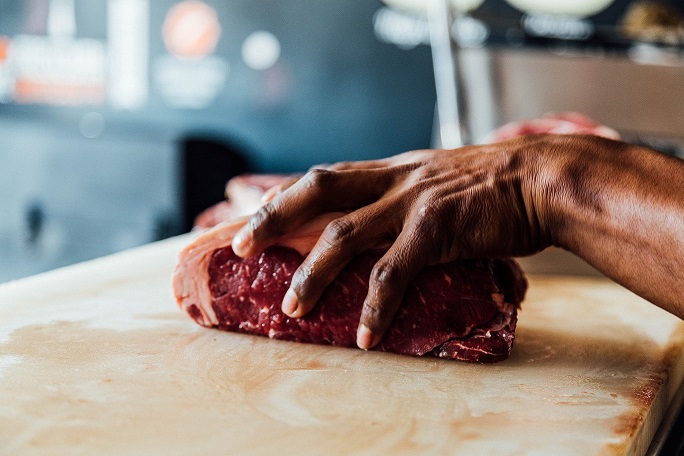
The Food and Agriculture Organization of the United Nations (FAO) has estimated that by 2050 there will be a 73% increase in meat and egg consumption and a 58% increase in dairy consumption over 2011 levels worldwide.
Limited resources ( water, land, energy, capital) and environmental changes are driving the approach to the newest technologies to improve the overall functionality of their supply chains and transform them into resilient ones in the path to meet the much-heightened demands of the year 2050. Stringent requirements and certifications worldwide are shaping up to become the new standard and forcing livestock companies to make complex agricultural decisions.
From now on, any brand claiming to be safe and sustainable has to walk the talk by proving what’s happening within their supply chains if they’re expecting to keep on the float and ensure resilient agricultural growth to address the global challenge of food security.
Another challenge is the overuse of antibiotics leading to increased risk of infectious diseases in humans and animals, particularly with increased globalization leading to faster spread of diseases. The FAO notes that the speed of global changes has often significantly surpassed the ability of governments and societies to provide the regulatory framework to ensure an adequate supply chain structure.
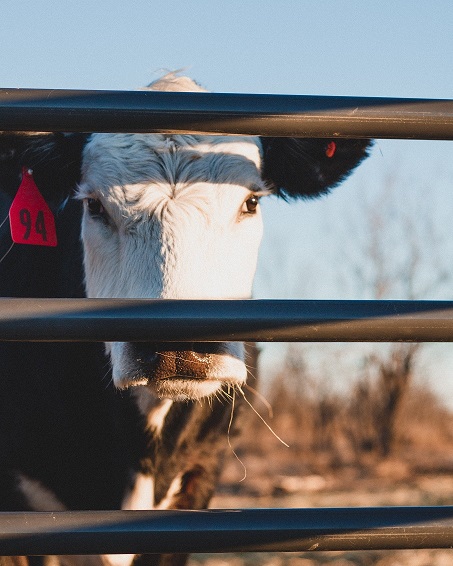
Antimicrobials are used mainly in intensive pork and poultry production systems, which account for 80% of antimicrobial use. Dairy cattle also receive antimicrobial treatments during lactation and after calving individually.
A recent World Organisation for Animal Health (OIE) report indicates that in 2018, 35 out of 153 countries are still using antimicrobials to promote growth.
Although there´s been a considerable decrease in the worldwide use of antimicrobials as growth promoters in the last decade, especially in intensive beef production, it is not the same for all cattle categories.

Trade-in ruminant products are often restricted by tariff-rate quotas for beef, cheese, butter, and other dairy products, and tariffs on ruminant products are often among the highest compared to all other products. In addition to increased tariffs, ruminant products are subject to non-tariff measures (NTMs) in the form of sanitary and phytosanitary (SPS) measures and technical barriers to trade (TBT).
Sanitary measures include all general laws, regulations, requirements, and procedures that have, among other things, end-product criteria; processes and production methods; testing, inspection, certification, and approval procedures; measures frequently applied to these products include certain restrictions based on the sanitary status of the exporting country (i.e., for countries with foot-and-mouth disease), product registration and approval, testing, certification of conformity, inspections, marking and packaging, and tolerance limits for residues.
These measures are non-tariff trade barriers that include product standards, testing requirements, and other technical requirements. They cover different products and supply chain aspects applied to ruminant products, including labeling, marking and packaging, and production process requirements.
As mentioned above, one of the primary barriers faced by the livestock sector is the lack of visibility. Information such as the farm status, rearing conditions, feed of the livestock, antibiotic tests, and percentage of protein in meat continue to be lacking, even for the same agents in charge of the supply chain.
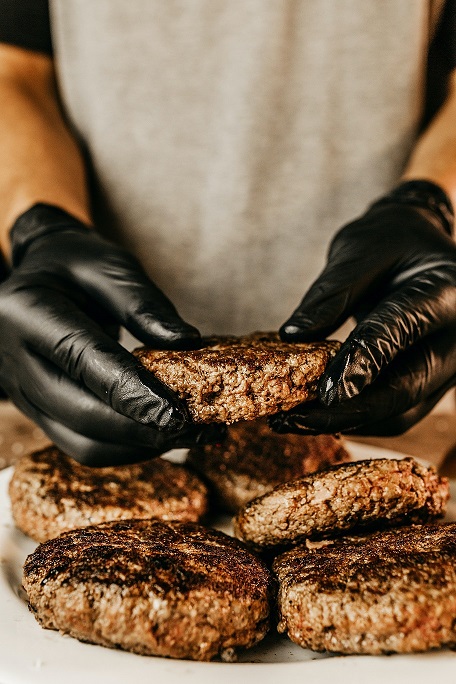
Based on a Global Burden of Disease study for the period of 1990-2017, which investigated the dietary risk factors for this period in 195 countries,
Dietary risk factors were the cause of 11 million deaths and 255 million disability-adjusted life years (DALYs) globally. In terms of diet-related deaths from high processed meat and red meat consumption, these were ranked 13th and 15th out of 15 dietary risk factors attributable to deaths at the global level.
Considering that it is the primary source of protein for many, the fact that consumers want to keep track of the quality of the meat on their plates is understandable, necessary, and a right they should assert.
The food industry is being particularly affected by new restrictions and guidelines for food processing and shipping. The Food and Drug Administration, considered one of the leading health regulatory agencies and an international standard setter, has recently proposed a Food Traceability Checklist (FTL), which follows a risk ranking model for food traceability. This model identifies certain foods for which additional traceability records would be required according to seven criteria.:
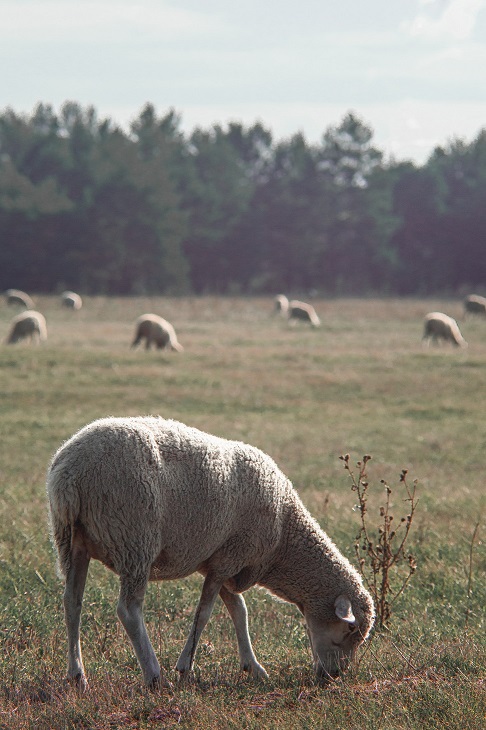
Livestock products (especially dairy) certainly fit the risk rating model. Therefore, if this standard is finalized, additional measures and key data elements would be required (and should be on the radar of any meat exporter) depending on where they are in the supply chain: receiving, processing, or shipping.
In addition, in September 2021, FDA launched its New Era of Smarter Food Safety initiative to encourage companies around the world to voluntarily adopt traceability technologies and align traceability activities to create safer, digital, and traceable food.
This unprecedented shift in regulations and focus on traceability for the food sector demonstrates that it is no longer a question of whether traceability will be needed but when. Follow the FAO database for an updated list of regulations and policies on food policies per country.
A traceability system answers the following questions: When? Where? What type? How much was produced? Who was involved? And What stage of production is the product at? Traceability, as conceived and used in food production practices, is a key element of transparency.
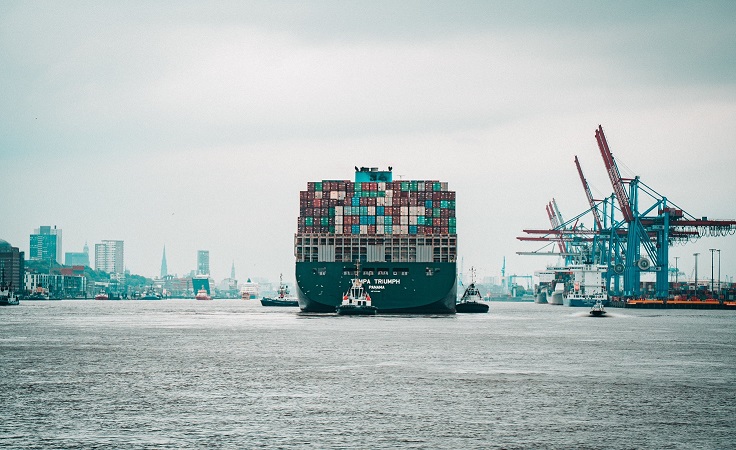
Livestock traceability records contain animal information, such as production data, reproduction data (artificial insemination, pregnancy diagnosis), health status (vaccination, disease testing, treatment), etc.
Any traceability system must record quality data at all stages of livestock supply chain management, but it has not been until the advent of blockchain technology that it has been possible to ensure that the recorded data is inviolable and the only source of truth; data ranging from lamb weight to laboratory certificates are stored in a decentralized, user-friendly platform that guarantees high-quality meat to end consumers, increasing their engagement with the brand.
Agriculture and animal protein production will increase substantially to meet the demand of the world’s growing population but must do so in the context of sustainability. Livestock traceability is the roadmap for identifying opportunities for human capital and business development while encouraging sustainability practices that will arguably be the most crucial value-add for products that, like livestock, have the most significant environmental footprint.
TraceX is part of the emergence of technological solutions that generate promising changes and opportunities for agri-food companies. Learn how TraceX – livestock supply chain traceability is helping to strengthen livestock and agri-food supply chains to meet today’s needs.
